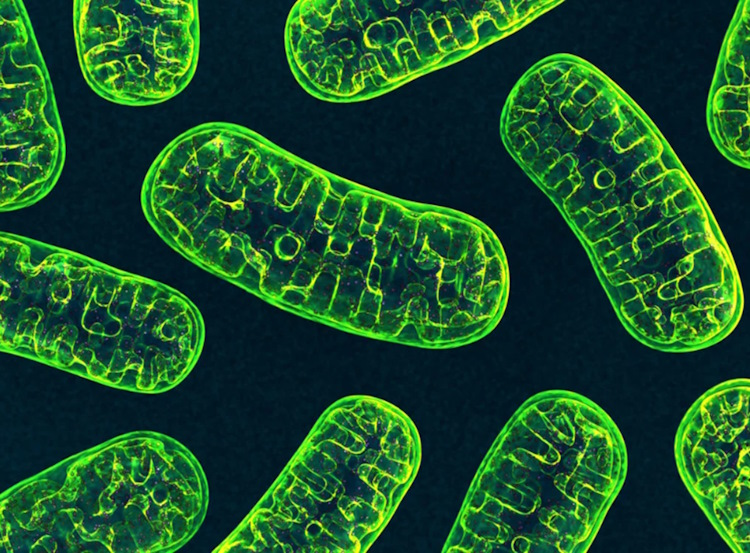HCG for fertility & PCT
Human Chorionic Gonadotropin (HCG) is a peptide hormone that occurs naturally in pregnant women. In fact, HCG is the molecule that pregnancy tests detect to determine whether a woman is pregnant or not, and it is also used as a cancer marker since some tumors can secrete it.
In the context of performance enhancement, HCG is extremely useful because it acts as an analogue of LH (Luteinizing Hormone), a hormone produced by the pituitary that stimulates the leydig cells in the testes into producing Testosterone.
This mechanism of action makes HCG an excellent ancillary for boosting fertility, keeping the testicles active during a highly suppressive cycle or simply to kickstart endogenous Testosterone production after the cycle.
Unfortunately, HCG is suppressive because it causes endogenous LH levels to drop significantly. For that reason, HCG usage for the purpose of PCT is always followed by the usage of SERMs, which boost Testosterone levels by increasing endogenous LH, rather than replacing LH like HCG does.
Another common concern with HCG is that it can cause serious estrogenic and androgenic side-effects if a high dose is administered, so one may have to increase their AI (like Arimidex or Aromasin) or 5-ARI (like Finasteride or Dutasteride) dose if they are using HCG during a cycle to maintain their fertility and testicular function and size.
Using HCG alongside testosterone & AAS
When used for the preservation of fertility, testicular function and testicular size during cycles, cruises or TRT, most men opt for injecting around 500 to 750iu twice a week (every 3 to 4 days).
I would recommend starting with 500iu twice a week and only increasing it to 750iu if you still experience testicular atrophy, all while accounting for increased estradiol levels by tweaking your AI dose if needed.
Using HCG during post-cycle therapy
Using it after a cycle to kickstart Testosterone production (assuming HCG was not used on-cycle) requires 500iu every other day for 2 weeks, followed by 4 to 6 weeks of SERM (Tamoxifen, Clomiphene and/or Enclomiphene) use.
Learn more
This article is an extract from THE ANABOLIC HANDBOOK, a 430-page all-in-one guide to using AAS in which you will not only learn how every AAS on the market works and what kind of results to expect from it, but also how to mitigate their side-effects, recover effectively after a cycle, keep track of your health with bloodwork, and much more.
Get your copy at:









